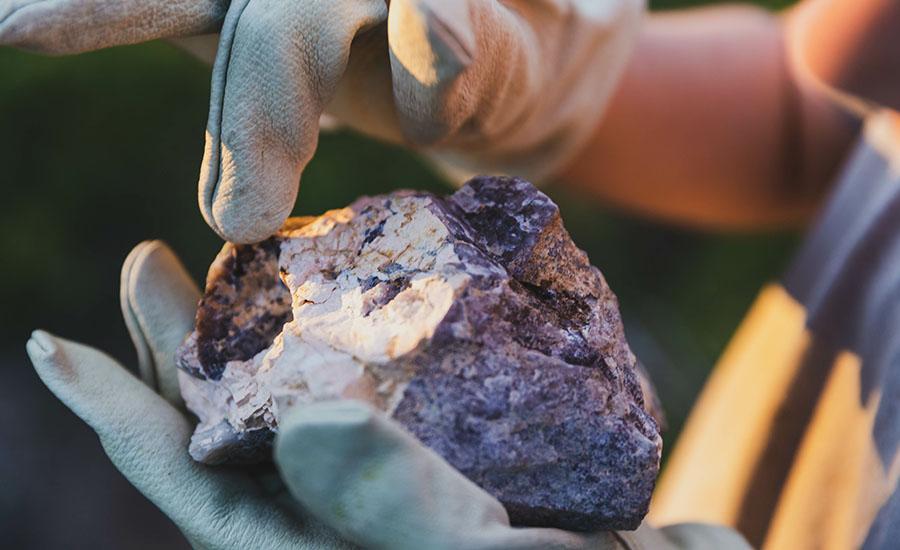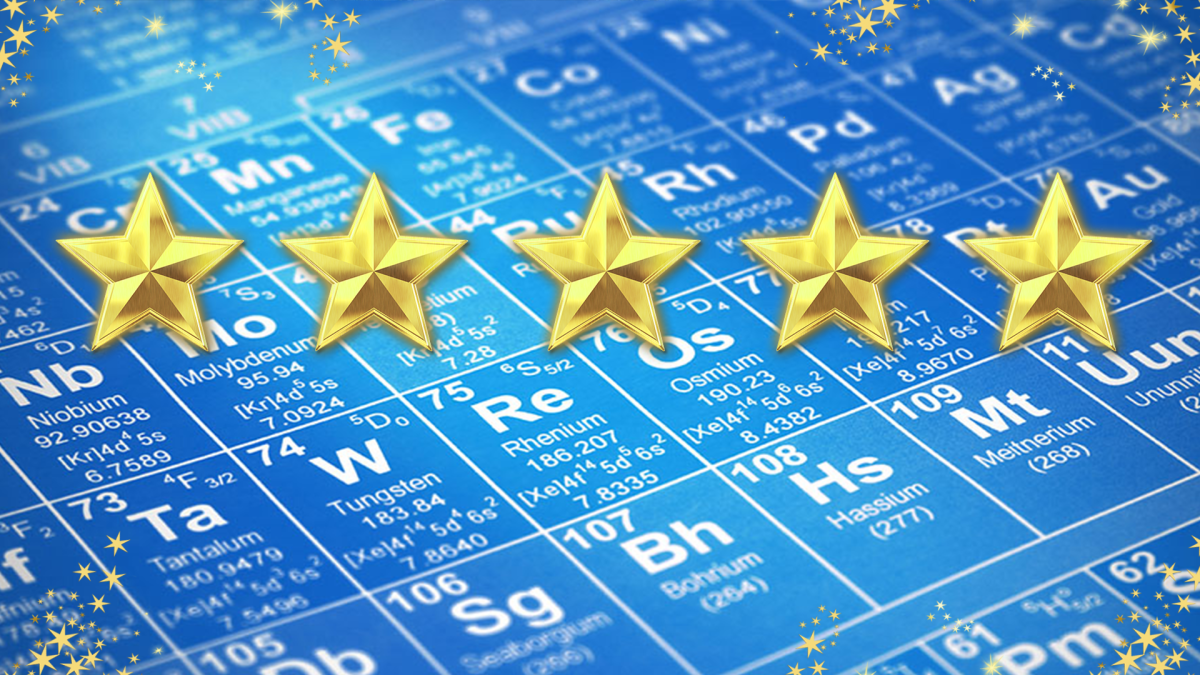
Growing Crystals Part 2: Actualizing the Formation of Crystalline Solid Blue, Green, Purple and Red Crystals Growing
by Maria Theresa Gonzaga
Growing Crystals Part 2 is a unique lesson that has an emphasis on the synthetic growing of crystals in the laboratory. This activity also focuses on investigating the process of how synthetic crystals form, allows you to predict the strongest force responsible for the formation of a given solid that determine crystals' physical properties and uses mathematics and computational thinking to explain how the amount of impurities are used in producing crystals.
Lesson Plan Link/URL
https://docs.google.com/presentation/d/1SS-_3R9DVTMnlS19EqN0i2w31kYpXkGL/edit?u…Subject Area
Science Physical Science P1: Matter Technology 3. Knowledge Constructor 4. Innovative Designer 5. Computational Thinker 6. Creative Communicator Engineering S1: Engineering & Global Society English Language Arts (ELA) Reading (Informational Text) Writing Speaking & Listening
Featured
Off
Related Content

Grades:
9th Grade, 10th Grade, 11th Grade, 12th Grade
This lesson uses a Modeling Instruction approach to developing the graphical and mathematical relationship commonly known as Newton's 2nd Law for students in Grades 9-12. Students design an experiment

Grades:
9th Grade, 10th Grade, 11th Grade, 12th Grade
Students are guided through the urgency to create large scale plan solutions for climate mitigation and green energy fuel sources. They will then build and design a bioreactor using algae as a

Grades:
9th Grade, 10th Grade, 11th Grade, 12th Grade
The first rule in the chemistry lab is “don’t eat or drink or lick anything in the lab”! This lesson breaks those rules and shows students how culinary is really a practical application of chemistry